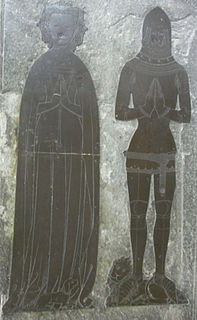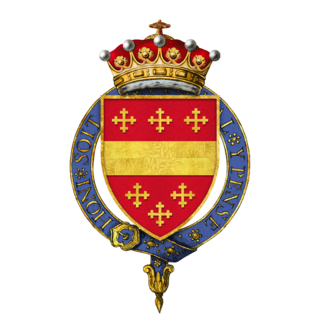
Earl of Warwick is one of the most prestigious titles in the peerages of the United Kingdom. The title has been created four times in English history, and the name refers to Warwick Castle and the town of Warwick.

Richard Beauchamp, 13th Earl of Warwick was an English medieval nobleman and military commander.
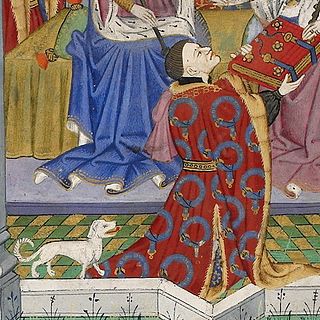
Sir John Talbot, 1st Earl of Shrewsbury, 1st Earl of Waterford, 7th Baron Talbot, KG, known as "Old Talbot", was an English nobleman and a noted military commander during the Hundred Years' War. He was the most renowned in England and most feared in France of the English captains in the last stages of the conflict. Known as a tough, cruel, and quarrelsome man, Talbot distinguished himself militarily in a time of decline for the English. Called the "English Achilles" and the "Terror of the French", he is lavishly praised in the plays of Shakespeare. The manner of his death, leading a charge against artillery, has come to symbolize the passing of the age of chivalry. He also held the subsidiary titles of 10th Baron Strange of Blackmere and 6th Baron Furnivalljure uxoris.
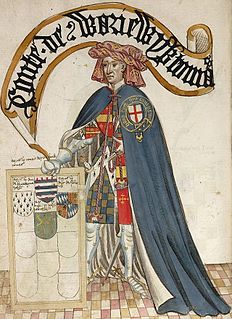
Thomas de Beauchamp, 11th Earl of Warwick, KG was an English nobleman and military commander during the Hundred Years' War. In 1348 he became one of the founders and the third Knight of the Order of the Garter.
Constance of York, Countess of Gloucester was the only daughter of Edmund of Langley, 1st Duke of York and his wife Isabella of Castile, daughter of King Peter of Castile and his favourite mistress, María de Padilla.
Alice Montagu was an English noblewoman and the suo jure 5th Countess of Salisbury, 6th Baroness Monthermer, and 7th and 4th Baroness Montagu, having succeeded to the titles in 1428. Her husband, Richard Neville became 5th Earl of Salisbury by right of his marriage to Alice.
Margaret Beauchamp was the eldest daughter of Richard Beauchamp, 13th Earl of Warwick and his first wife Elizabeth de Berkeley. As the eldest child of a family without male issue, Margaret was expected to inherit from her father until her stepmother Isabel le Despenser gave him a son.

Robert Willoughby, 6th Baron Willoughby de Eresby was an English nobleman and military commander in the Hundred Years' War.

Richard de Beauchamp, 1st Earl of Worcester, KCB was an English peer.

William de Beauchamp, 1st Baron Bergavenny, KG was an English peer.
Margaret Beaufort was a daughter of Edmund Beaufort, 2nd Duke of Somerset and Lady Eleanor Beauchamp.
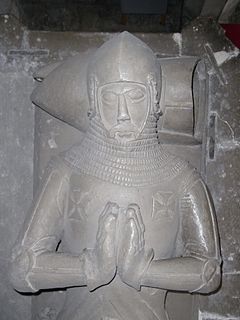
Maurice de Berkeley, 4th Baron Berkeley, The Valiant, feudal baron of Berkeley, of Berkeley Castle in Gloucestershire, was an English peer. His epithet, and that of each previous and subsequent head of his family, was coined by John Smyth of Nibley, steward of the Berkeley estates, the biographer of the family and author of "Lives of the Berkeleys".

Katherine Mortimer, Countess of Warwick was the wife of Thomas de Beauchamp, 11th Earl of Warwick KG, an English peer, and military commander during the Hundred Years War. She was a daughter and co-heiress of Roger Mortimer, 1st Earl of March and Joan de Geneville, Baroness Geneville.
Joan Beauchamp, Countess of Ormond was the first wife of James Butler, 4th Earl of Ormond, and the mother of his five children. Their principal residence was Kilkenny Castle in Ireland.
Joan de Beauchamp, Baroness Bergavenny was an English noblewoman, and the wife of William de Beauchamp, 1st Baron Bergavenny of the Welsh Marches.
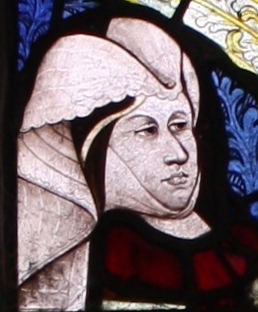
Elizabeth de Mowbray, Duchess of Norfolk was a daughter of John Talbot, 1st Earl of Shrewsbury and his wife Lady Margaret Beauchamp.

Katherine de Stafford, Countess of Suffolk was a daughter of Hugh de Stafford, 2nd Earl of Stafford and his wife Philippa de Beauchamp. By her marriage to Michael de la Pole, 2nd Earl of Suffolk, she became known as the Countess of Suffolk.
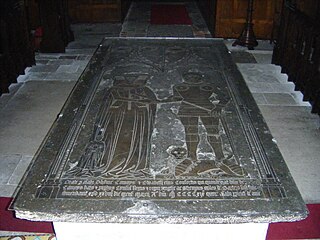
Elizabeth Mortimer, Baroness Camoys was an English noblewoman, the granddaughter of Lionel of Antwerp, 1st Duke of Clarence, and great-granddaughter of King Edward III. Her first husband was Sir Henry Percy, known to history as 'Hotspur'. She married secondly Thomas de Camoys, 1st Baron Camoys. She is represented as 'Kate, Lady Percy,' in Shakespeare's Henry IV, Part 1, and briefly again as 'Widow Percy' in Henry IV, Part 2.

Lady Eleanor Beaufort was the daughter of Edmund Beaufort, 2nd Duke of Somerset (1406-1455), KG, and was a sister of the 3rd and 4th Dukes of Somerset.
